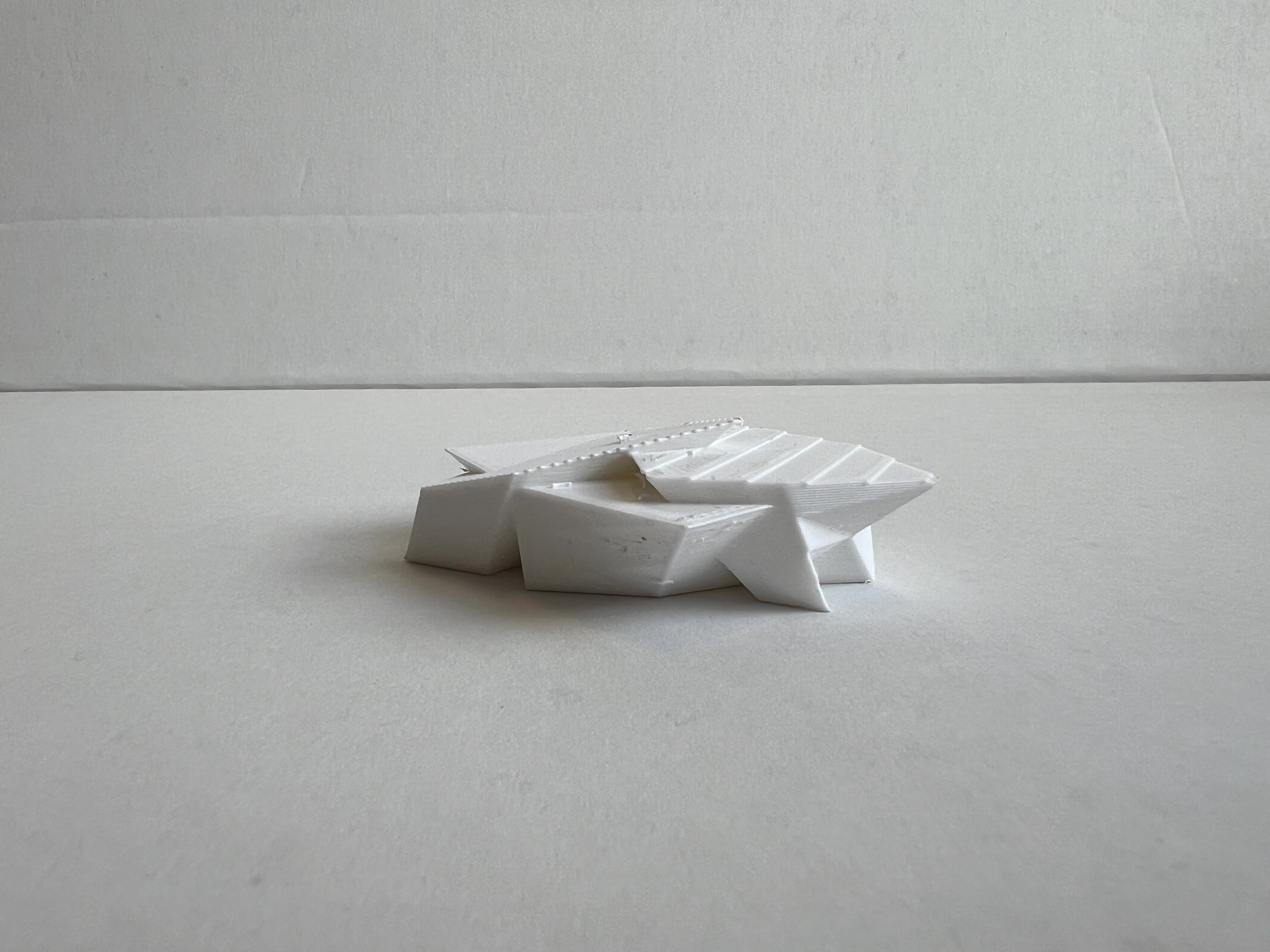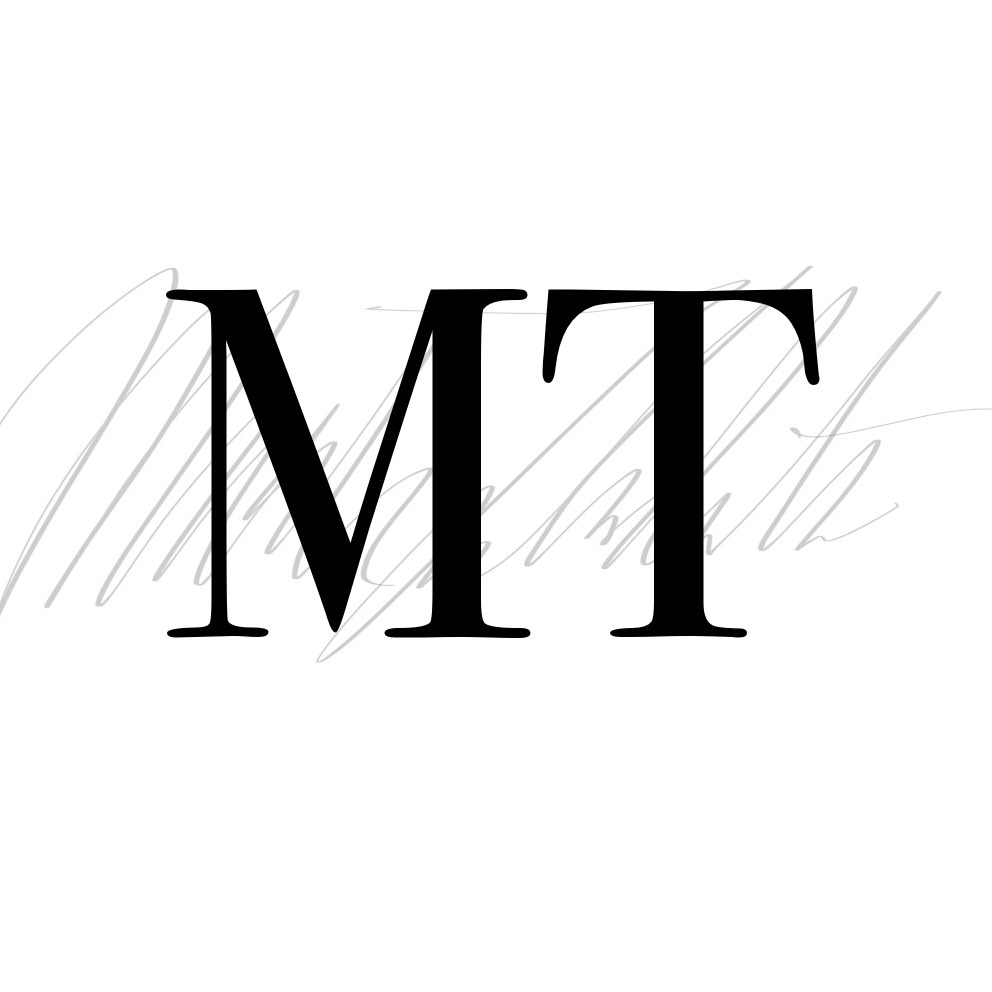GEODE
As an introduction to the software, the Geode project allowed me to explore the new space without connecting to Rhino geometry. The definition allows for users to render infinite, unique lofted polygons and create a shape from the convergence of up to three more linear objects. The code allows for various customizations of the shape including angle, loft distance, shape size and abstraction, as well as built in union command for easy production to a 3d printer.




SCOPE
Taking the form definition created in Geode, Scope intended to experiment with light as it moves through one of the uniquely created polygons. Adapting the scale from the original code and adding a custom bounding box allowed form separation between the two systems. Once composed, the unique inner piece would become waffled with a density that can be easily changed to test different lighting conditions. The code also instructs the waffling to be split intersecting fins in order to be easily laser cut and nest perfectly within the shell using only friction connections.
REVIVAL
Revival is the finale of a of a trio of experiments that acts as a point of return. The earth is always shifting, creating cracks in what once used to be solid. Opening the geode to its interior sprouts new life which will wash away what was once known. The project acts as a culmination of ideas and augmentations that has told the story of fabrication through code and materiality. Revival was meant to be a concrete fountain derived from the language of a geode and its interior mystic. The 3d printed positive would have acted as a mold for a silicone negative, which then would have allowed a concrete pour into the resulting shape. While physically unfinished, the installation would have slowly erode away from the waters constant offense to reflect the ever changing composition of Earth. Technically, Revival takes the original Geode code and wraps a simplified waffle structure from Scope around it to create the paths for water to run down. Infinite iterations are possible as the amount of factors involved allow for form control and unique designs.


CORE (with Sam Vallamreddy)
After completing our set of projects individually, Sam and I tasked ourselves with combining our code in order to rethink how our definitions could be used. The density of my REVIVAL project lost the contrast that SCOPE intended to explore, and Sam's past projects also called for a sense of transparency. We decided to explore light through parametric design by creating a lamp with an integrated light diffuser and a oscillating shading device. With the goal to augment light in two different ways, we nested a light diffusing orb within the fins that had holes for the light to travel through. With the light exiting the core unevenly, the shaders captured the light on the unique fins to create shadows and light specific to that instance.
